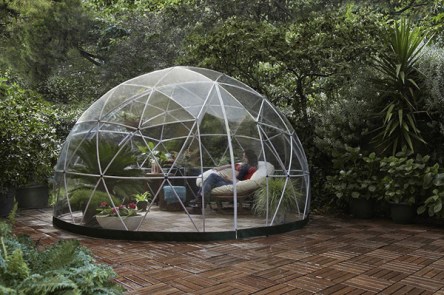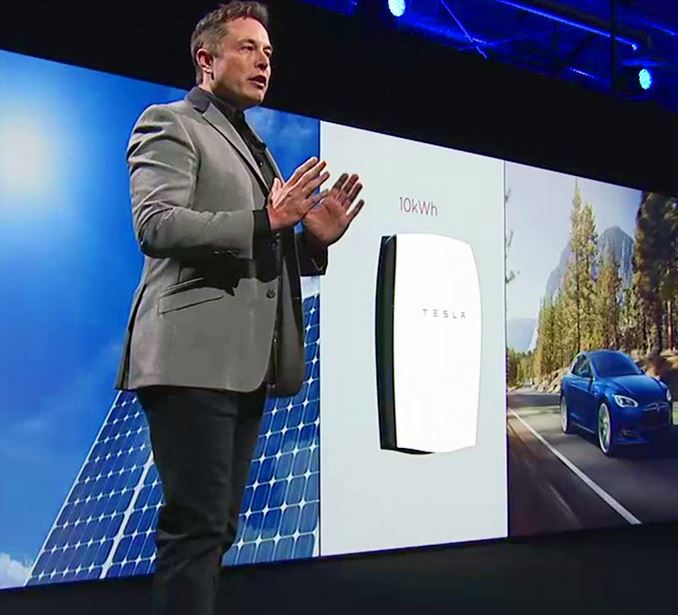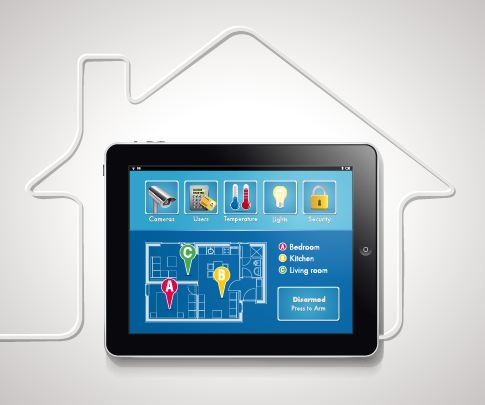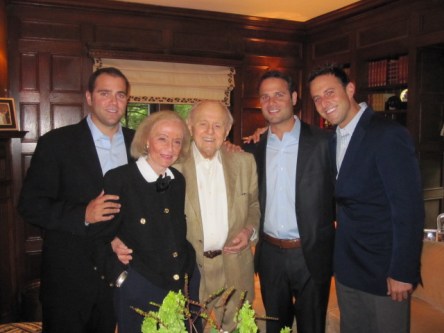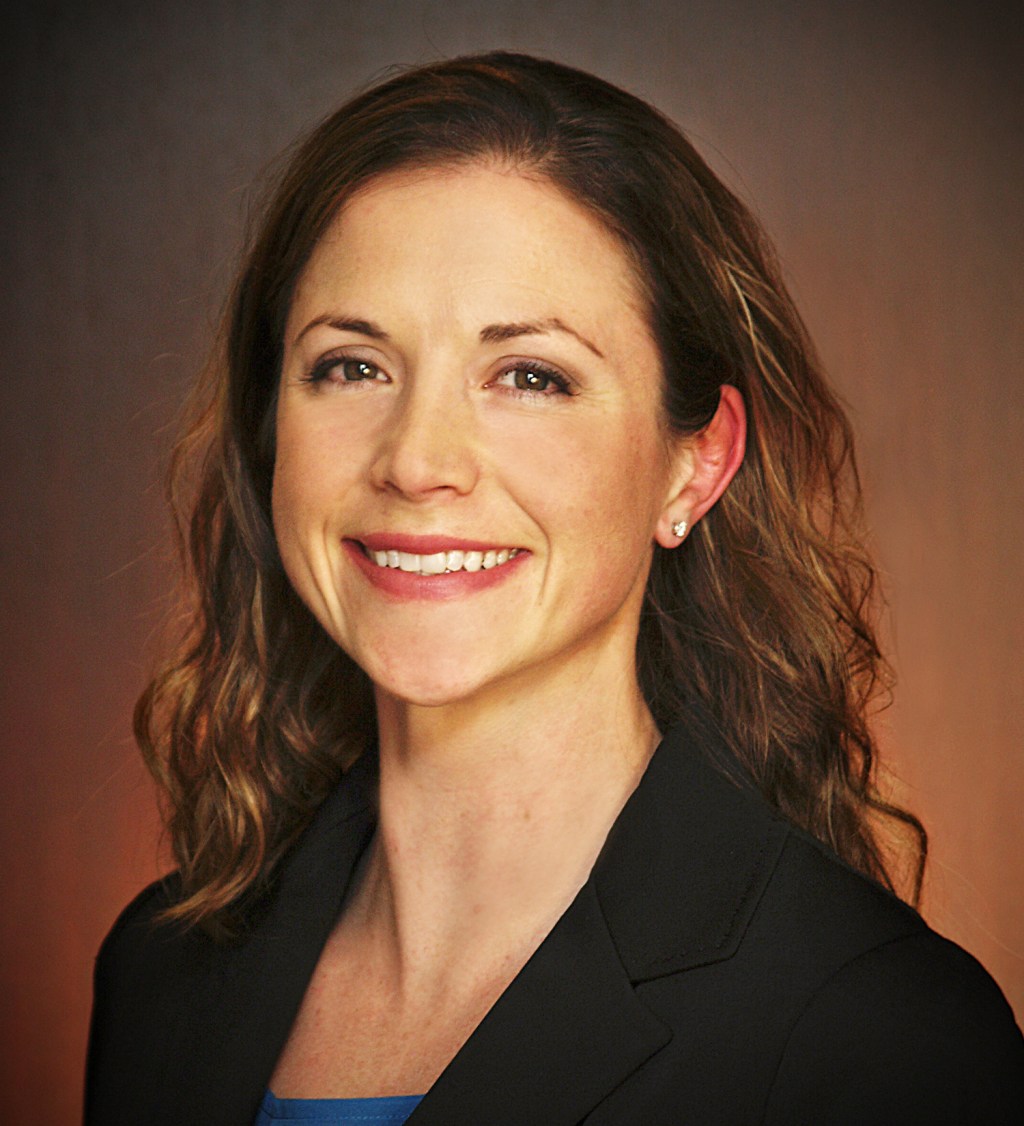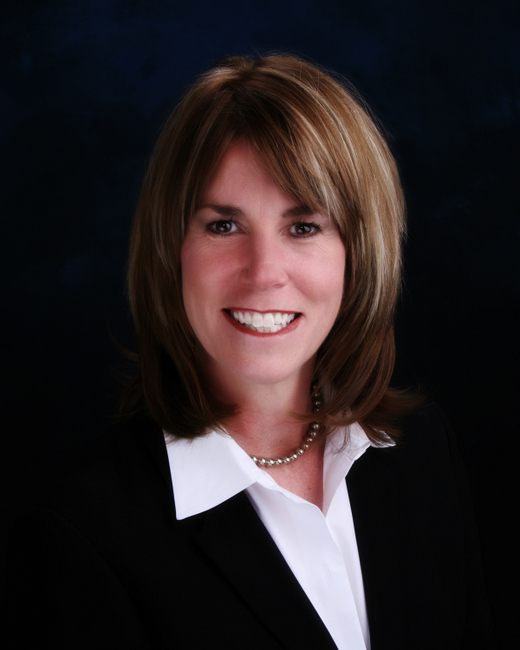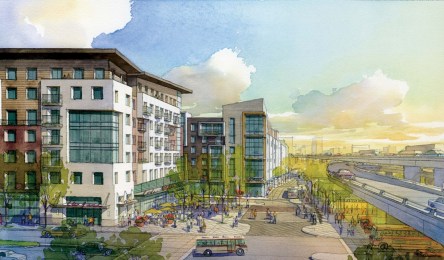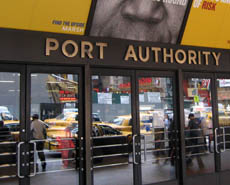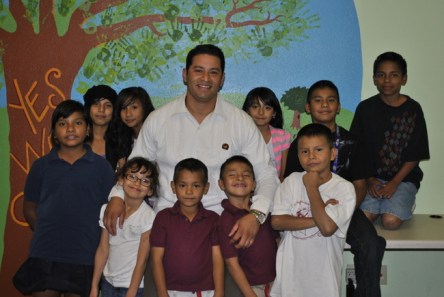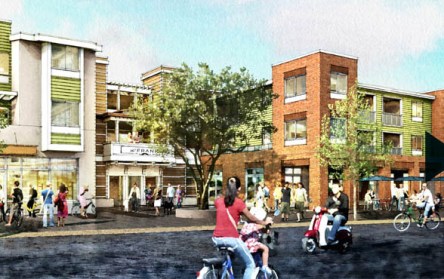If you’re looking to set your property apart from the crowd, high-end kitchens and bathrooms are an excellent place to start. Hands-free fixtures and appliances are quickly becoming standard features in fine rentals. New options permit these luxuries at multiple price points. For builds and renovations with leaner budgets, the GE Profile Series is a great introduction to hands-free appliances. The Energy Star certified fridge and freezer combos off hands-free auto-fill dispensers. Users simply insert their vessel of choice, press of a button, and move on to other tasks while the vessel is filled. Once full, the water dispenser automatically shuts off. Kenmore Elite 51773 includes a Measured Fill auto-fill dispenser with a few additional bells and whistles. The ice and water systems have Favorite Fill configurable settings, so that your residents get the perfect quantity every time. When preparing for guests or an exceptionally steamy day, users can activate Accela Ice, which boosts ice production for 24 hours and then automatically shuts off. For kitchens and bathrooms, Delta Touch2O.xt Technology offers a range of operations. With the back of the hand, wrist, forearm or elbow, users can tap anywhere on the faucet to start or stop water flow. Some styles are equipped with true touch-free operation. Simply bring your hands within four inches of the sensor to activate water flow. To promote efficiency and resource conservation, the water shuts off within seconds of moving your hands out of the four-inch range. Safety features include an automatic shut off after one minute of uninterrupted water flow, as well as a blue indicator light to alert users that water is flowing or dripping. A step up leads to the Grohe LadyLux 3 Café and K7, two faucet styles that are activated via foot controls. The...
Garden Igloo
Shelter from winter
For the people who love the outdoors, but need to find shelter during the winter months, meet the Garden Igloo, a ‘stylish, winter garden, a play area for children, a greenhouse or a gazebo’. This multipurpose geodesic dome, designed by Carla Isin Alemdar, offers a year-round, eco-friendly addition to backyards from all over the world. Imagine a sanctuary designed both as a winter garden and a summer canopy that not only protects you against bugs, but also against sudden inclement weather. The dome is made from rust- and rot-free recyclable materials that don’t require regular maintenance (a moist microfiber cloth for cleaning the cover will do the job). What’s more, it doesn’t require any construction permits as its smart structure is easily assembled without the need for foundations. It can even sit on a patio. The Garden Igloo is wind resistant thanks to its geodesic form, able to withstand the strong wind or lying snow conditions. Through its shape it can also maintain even temperatures inside (just what you need if you’re using it to grow plants), and makes the most of solar light because regardless of the sun’s position, the light is always transmitted at right angles throughout the day during all four seasons. It easily retains the heat absorbed from the sun shining onto the outer surface of the dome, which creates a cozy environment during the colder seasons. Moreover, the design allows circular air ventilation, with two window vents—for those days (almost gone for this year) when you want to let some air into the dome to let the plants breathe or enjoy the summer breeze. The dome measures in diameter 141.73 inches with a base area of 393.70 inches and a maximum height of 86.61 inches. The package includes a standard...
Embracing Tech
Attract + Retain Residents
Renters of all ages have rising expectations for technology features in their rentals. While splurging on gadgets would certainly catch your prospects’ attention, that approach isn’t the most budget-friendly. You’ll want features that offer the biggest bang for your buck! We’ve evaluated a few tech toys that combine resident appeal, utility, and longevity. USB Compatible Outlets These little guys allow residents to charge phones, tablets, and other mobile devices without displacing lamps and small appliances. Installing USB compatible outlets can offer significant savings for older properties, which often lack the quantity of outlets available in newer properties. Residents will need fewer extension cords and power strips, which reduces the risk of hazardous overloads and costly fires. USB outlets are affordably priced and can be installed in less than ten minutes. With so many USB-reliant devices, they are unlikely to become outdated soon, making them a terrific investment. Home Automation Home automation wins over the hearts of many: tech gurus love controlling their homes from their tablets; those who love to save savor the $180 savings per year thanks to a remotely programmable thermostat; tenants who enjoy convenience appreciate starting the coffee maker from bed or turning off the iron once they’ve left the house; renters who are concerned with safety rely on Bluetooth-controlled locks that regulate access to their home using customizable codes. Most renters can find something to appreciate about home automation, which gives your property a competitive edge over properties without it. The downside is that home automation technology can be costly to install and maintain. Depending on the features, home automation systems can cost upwards of $1,000 per unit. More advanced systems also require additional labor and time costs; there is very little research to depict the ROI in multifamily installations...
Tesla’s Powerwall...
Home Battery System
It’s been all over the news – the real-life Tony Stark has unveiled Tesla Energy, an ambitious plan to power the world with a home battery which eventually will not only make the consumers less dependent on the grid, but take them off it entirely. Tesla founder Elon Musk has presented the Powerwall. And it makes complete sense. Tesla launched the home battery system and Tesla’s CEO Elon Musk is the chairman at SolarCity; SolarCity will handle the installation of the Powerwall. The Powerwall measures 51.2” x 33.9” x 7.1” and comes in different colors; its primary function is that of storage system for solar power, but will also work for non-solar energy consumers in cases of power outage and furthermore to avoid feeding from outside electricity during peak periods (evenings) when utility prices are highest. Up to 9 devices (totaling 90kilowatt hours) can be stacked per home. It is good to know that the typical American home consumes daily about 30 kWh, so in order to cover the entire power need, one would need several batteries. Additionally, Musk announced that there will also be the Powerpack, a similar device designed with industrial usage in mind, as well as a smaller 7 kWh Powerwall. Here are some specifications on the Powerwall: Models: 10 kWh $3,500 – For backup applications 7 kWh $3,000 – For daily cycle applications Warranty – 10 years Compatibility – Single phase and three phase utility grid compatible. Power – 2.0 kW continuous, 3.3 kW peak Operating Temperature: -4°F to 110°F / -20°C to 43°C Musk’s new baby is already promising to grow big and strong as there is major interest in the product – the company has announced that so far it has taken 38,000 reservations for the home battery, a number that made...
Solar Upgrades
The latest home gadgets
As green features become more and more important both from an environmental point of view, as well as a tool to increase occupancy and attract eco-conscious renters, the pressure is on for apartment owners. While many green upgrades do come with a high price tag, plenty of green upgrades can be achieved at relatively low cost and plentiful gains down the line. We explore the easiest solar-powered green solution that you can introduce into your apartment communities right now. Easily one of the least eco-friendly amenities, the pool can easily be greened harnessing the (free) power of the sun. It can be as simple as switching to solar-powered pool lights. Once bought, these tiny gadgets work away on their own. It’s as simple as placing them in a pool, where they will automatically charge during daylight hours and come on at night, when the sunlight fades. Some also have lightshow features that can set the mood for an impromptu pool party. Others also double as pool sanitizers, dispensing chlorine while giving off light at night. If you really want to green your pool, but don’t want to switch to saltwater, there are numerous mineral-based and solar-powered gadgets that cut down chlorination by 80 percent or even more. While these gadgets take care of algae and microorganism, they don’t clear surface debris. If you’re looking to fully automate pool maintenance, a solar pool skimmer is just the thing for your apartment community. This little gadget cleans up to 95 percent of surface debris, eliminating the need to hand skim, while also significantly cutting down on filtration and bottom cleaning. The solar-powered robot also features solar-charged batteries, meaning it also works well into the night. It can also double as a chlorine dispenser. BBQ facilities are...
The Connected Home
Internet of Things
We’ve started getting a closer look at what everyone calls the “Connected Home”. The most popular connected home device is currently the security system, according to Forrester. There are also electronic door locks – electronic keys with expiration date (that can be used with maintenance technicians) that send an alert when someone is attempting to enter – garage door openers, weather stations for vacation homes, and cameras like Dropcam for baby or pet monitoring. We already have the fridge that sends text messages when the milk is running low and we have the smart egg tray that tells your smartphone how many eggs you’ve got at home and when they’re going bad. We also have the Hue lightbulbs made by Philips that are controllable through the iPhone – set custom lighting, turn light on or off remotely and set lights to slowly brighten in the morning. Through a smartphone the Withings scale and the Bose music system are perfectly controllable as well. At the recent CES show in Las Vegas, companies displayed their latest smart appliances, and looked around for suitable collaborators. These partners will together create a real George and Jane Jetson home. Google aimed high and acquired Nest Labs for $3.2 billion. With this move the giant ensured a premium position in the yet young ecosystem which, in a not too far future, will become a core industry that will affect all aspects of life. Nest Labs is a popular name only in select groups and markets – in the U.S., Canada and the UK – where their products are merchandized. In 2011 they released the internet-connected thermostat that learns to cool or heat homes in accordance with its inhabitants. Two years later they came up with the smoke and carbon-monoxide detector...
Serving Seniors
Bloom Senior Living
There is both a touching family story and a caring resident focus in practice at the senior living residences operated by Yardi client Bloom Senior Living (f/k/a Bloomfield Senior Living), which operates senior care communities in Indiana, Ohio and South Carolina. Bloom’s parent company, Kandu Capital, LLC also owns independent senior residences in Southern California and Arizona, and has acquisitions pending in the Southeast. In the rapidly growing market for residential memory care services, the Bloom model is both personal and heartfelt. The approach may stem from the company’s history. Founder Richard Tischler, a hard-working family man who still comes to the office five days a week at age 98, built a nursing home business with the support of his late wife Ruth, who in her later life suffered from Alzheimer’s disease. Her illness, and the experience of finding a suitable living facility to meet her needs, had an immediate impact on the Bloom approach to care. With Richard’s two sons-in-law (Howard M. Dubin and Mitchell A. Kantor) and three grandsons (Bradley E. Dubin, Scott M. Kantor and Tony Kantor) involved in growing and efficiently operating the family’s seniors housing portfolio, the company strives for the highest quality care and a top-flight customer service experience. They want families and residents to find the type of residential experience, exceptional care and resulting peace of mind that they sought when Ruth Tischler became ill. She and Richard are considered the company’s “Chief Inspiration Officers,” a fitting title. “We went through the process of looking for (a care community) for her and seeing what was out there while we were doing our own search. We looked at it not just from the perspective of being an operator, but from being a family member. We stood in those...
MB Real Estate
Serious about Sustainability
MB Real Estate (MBRE), a third party manager of multiple high profile commercial buildings in Chicago, sees sustainable property management practices as much more than good environmental stewardship. In fact, when talking to building owners or tenants about sustainable practices, MBRE’s Director of Sustainability focuses on the bottom line. More specifically, the triple bottom line. “It’s a matter of finding that equilibrium between the social, the environmental, and the economic aspect of everything we do,” said Natalie Stanley, assistant vice president for MB Real Estate, a Yardi client. The three pillars of the triple bottom line philosophy: people, planet, and profit, are cornerstones of MBRE’s sustainable efforts, which benefit multiple stakeholders: building owners, tenants, and the community at large. The firm’s portfolio includes five LEED-certified buildings that total 5.5 million square feet, and eight ENERGY STAR buildings that total six million square feet. The green building portion of the MBRE portfolio has been growing every year. The benefits are myriad, Stanley explains. “If you look at all the energy use in the city/world, it is primarily buildings and facilities that use the most energy. If we can collectively work with the owners and tenants to reduce consumption of resources like water and energy, they all benefit from that reduction in operating expenses. Conceptually that will add value to the building itself,” Stanley said. Energy efficiency has been a major thrust of MBRE’s sustainability efforts with building owners. “We focus on the base building systems and the operating schedules of the HVAC system. Changing the operating schedules is really important and that’s an easy fix, because it’s free. The building engineers just have to make modifications to the schedules. That’s an easy one to handle right off the bat,” Stanley explained. “We have most our...
RedPeak is Red Hot
Focused on the Front Range
Millennial renters want to live in urban neighborhoods with personality, ideally ones that are walkable, bikeable, and have shopping, service and entertainment amenities within a few blocks. Their desire for apartments in hip and up-and-coming city sectors is influencing multifamily development trends around the nation. An intensely local focus can be part of a great business plan as well as a way to meet consumer demand, and such an approach is serving Denver-based RedPeak Properties exceptionally well as the company grows in the city’s most popular neighborhoods. Not only is RedPeak solely focused on offering exceptional apartment experiences in the Denver area, but they are targeting the red-hot market for walkable urban neighborhoods, which are all the rage with young Colorado apartment renters. Apartment occupancy in Denver is at an 11-year high, and the city is a national leader in rent growth. Yardi client RedPeak celebrated its 10 year anniversary in 2012, and the company’s 15 multifamily properties will be joined by two new developments built from the ground up, as well as a renovation of a historic Denver hotel, in the next 12-24 months. To help meet the Denver demand for urban housing with fun things to do nearby, currently under construction in uptown Denver is RedPeak’s One City Block project (rendering, left), a mixed-use community with 302 apartment units that will encompass an entire city block. Sidewalk level retail encompasses 9,800 square feet, with tenants yet to be announced, but the commercial leases are in high demand. Residents will enjoy views of the city and the Rocky Mountains from one of four uniquely themed rooftop decks, and the project is being constructed according to Silver LEED certification standards. A second mixed-use project with 150 apartments, Highland Square, is planned for the popular...
Stephanie Brock
Riverstone
February is designated as National Apartment Careers Month, and while she is not officially affiliated with the NAA campaign, Riverstone Residential Group’s Stephanie Brock could very easily be a spokesperson for the property management field’s capacity to launch and cultivate a distinguished and life-changing career. Brock, who was recruited into the industry while working as a bagger at a grocery store and attending the University of Texas at Austin, is now division president, Central, at Riverstone. She oversees 160 communities in Colorado, Illinois, Kentucky, Louisiana, Michigan, Missouri, North Dakota, Oklahoma, and Texas. By the end of 2013, that community number will be higher. As the largest third-party multifamily management firm in the United States, Riverstone will be taking on new inventory this year. These new Riverstone communities, especially those in high-demand Central division markets like Chicago, Austin, Denver, Dallas, and St. Louis, have been in the development pipeline for the last 12 to 18 months. In a shift from previous development cycles, Brock told us that developers are now seeking the insight of property managers before making final decisions on floor plans, in-unit technology, and community amenities. The anticipation of prospects’ wishes speaks to the growing power of the renting consumer. “In the past, I don’t think that developers were looking to sort out these types of details so far in advance,” observed Brock. “Today, if developers don’t have in-house management, they proactively reach out to our local experts for expertise and guidance on their target market and what consumers are going to expect or want.” After being discovered in that Austin grocery store by a property manager whose groceries she carried out to her car, Brock took a job as a leasing consultant in Austin and later moved to a property management role...
BRIDGE Housing
Affordable - and transformative
BRIDGE Housing doesn’t just build affordable homes. The longtime affordable housing provider transforms communities. And over the next five years, San Francisco-based BRIDGE, which also has offices in Irvine and San Diego, plans a huge increase in lives touched and neighborhoods changed as it doubles in size. “BRIDGE has always been committed to production, and we remain committed to that. We’ve been thinking in a forward way. We want to use the diversified platform we have built to increase our mission, and we have the capacity to do it,” said BRIDGE CEO Cynthia Parker in a recent interview. In its recently released strategic plan, BRIDGE’s executives and board outline a compelling case for the power of one housing developer – in partner with dozens of other community and government organizations – to affect real progress. And you only have to look as far as some of the BRIDGE projects completed or in progress to see what they are talking about. In San Francisco, BRIDGE is leading the effort to Rebuild Potrero, an ambitious project that will replace over 600 units of public housing in the Potrero Terrace and Annex, add new affordable and market rate homes, and fuse a connection between the vast economic gap that looms between the public housing residents and their neighbors on affluent Potrero Hill. In Los Angeles, BRIDGE is a partner in the Housing Authority of the City of Los Angeles’ efforts to expand and redevelop Jordan Downs, a 700-unit public housing project in Watts. The new construction will replace the existing units, bring mixed-income housing to the area, and add needed retail, industrial and community resources. In San Diego, BRIDGE developers are in progress on Comm 22, a transit-oriented infill project that is transforming four acres in Logan...
A Paperless Reality
Roscoe Properties
It’s the time of year to make resolutions, and Steven Rea of Roscoe Properties tells us that the Austin, Texas property management firm has set some ambitious property management technology goals for 2013. “This is still very much an analog business,” observes Rea, who has been in the industry for ten years and worked his way up to Vice President of Administration after starting at Roscoe as a site level property manager. “My goal for our company, and a way our company set itself apart, is as a digital company in an analog world.” With that goal in mind, Rea and Roscoe Properties owner Jason Berkowitz are using technology best practices to make the properties they manage operate efficiently, for their employees and residents alike. Two of their goals for the year are ambitious by industry norms, but attainable given the progress they’ve pushed forward so far. “I want to be able to say that we have 95 percent of our residents pay electronically and we have a 100 percent paperless office by January 2014,” Rea said confidently. Currently, 65 percent of the Roscoe portfolio submits monthly rents electronically; up from 10 percent two years ago, with some portfolios the company manages boasting over 80 percent electronic remissions. In January 2013, Roscoe Properties will manage 3,000 rental units, the majority in Austin, with 700 units in San Antonio. “I’ve got my accounting department almost paperless, just making use of the technologies we already have. It used to be that accounting departments would have file cabinets and banker boxes full of invoices. We still have those file cabinets, but they’re all empty,” Rea said. A last remaining barrier to an all-digital office has been the historic need for paper records. Though Roscoe now rarely executes...
Maintenance Training
New NAAEI program
Maintenance technician positions have some of the highest turnover rates in the apartment industry. Augmenting the demand, there’s no established pipeline of trained, qualified candidates to step into apartment maintenance careers. These realities are motivators behind an exciting new grant-funded effort from the National Apartment Association’s Education Institute (NAAEI), which has established a pilot program to train maintenance technicians and English language learners at Montgomery College Rockville Campus in Montgomery County, Maryland. The first round of 19 students have just completed their training, which involves 90 hours of coursework from the NAAEI certificate program Certificate for Apartment Maintenance Technicians (CAMT) and completion of the EPA CFC Certification, over six weeks, but also included instruction of technical skills with applied English lessons for limited language speakers. The language training is part of a program called I-BEST – Integrated Basic English Skills Training. Developed in partnership with the Annie E. Casey Foundation, I-BEST allows low-literate and low-skilled adults to earn college credits and credentials through Adult Basic Education, GED, and English as Second Language courses and career skills instruction. Preparation for the hiring and interview process, resume writing and speaking skills were also emphasized in the NAAEI apartment maintenance course. A job fair with recruiters from the Washington D.C.-area apartment industry and a graduation ceremony marked completion of the six-week program. “In the Washington D.C. area, we just can’t train enough maintenance technicians,” noted Maureen Lambe, NAAEI Executive Vice President. Students were pre-screened for eligibility to work in the U.S., ability to pass a drug test and criminal background check and if they hold a valid driver’s license and have access to a vehicle. After completing the coursework, they are ready to step immediately into entry-level maintenance tech jobs or take internships with apartment communities to prove...
Yardi Government Services...
Supporting NY/NJ Port Authority
Have you ever thought about how planes, trains, cargo ships and automobiles are inextricably linked with the world of real estate? There’s no better illustration of this reality then the Port Authority of New York and New Jersey, the largest port complex on the East Coast, which recently chose Yardi Voyager for Government to handle tenant management, lease administration, property management, and much more. The most important work of a port authority is to keep regional trade and transportation systems moving safely and smoothly. But roads, rails, seaports and airspace all require extensive supporting infrastructure and real estate, and that’s where Yardi Systems can be of great help. The Port Authority of New York and New Jersey will use Yardi’s commercial property management software solution for all of its real estate business, which ranges from office leases in One World Trade Center (Freedom Tower) to concession and fixed base operation leases at the nation’s three busiest airports (John F. Kennedy International Airport, LaGuardia Airport, Newark Liberty International Airport) to collecting tolls on the New Jersey Turnpike. More than 485 leases, 65M SF of buildings and 15,000 acres of property will be managed using Yardi Voyager. “Yardi can handle all of it, with our commercial off the shelf (COTS) system,” said Spencer Stewart, National Account Executive, Yardi Government Services, of the advantages of choosing Yardi Voyager. “We’re going to personalize it for you. We have all the tools to match your workflow and your terminology without the need to customize or modify.” Because governments are so unique, Yardi has created vertically integrated government services group. Yardi’s Government Services arm is ideally positioned to meet the needs of government clients, which frequently have diverse property management needs. The department includes a dedicated implementation staff for government...
Creating Caring Communities...
The Hignell Companies
Nice neighbors make for better apartment living experiences. For CEO Doug Hignell, creating a welcoming and caring environment at The Hignell Companies’ apartment residences in Chico, Calif. was a longstanding desire. “Relationships are my passion: both with God and with people. My driving purpose centers on ‘creating caring communities that transform lives’, both personally and through The Hignell Companies,” Hignell said. The Hignell Companies is a Yardi client, using Yardi products to manage its condominium portfolio, multifamily properties, and more. Hignell’s desire to comfort and connect led to establishing a non-profit arm of the family-owned property management, development, maintenance and construction firm founded by his father, Fred Hignell Jr, and partner Floyd Strange in 1948. The effort takes some cues from Apartment Life’s CARES Team ministry, which was generous in assisting Hignell as he started Creating Caring Communities. The focus for Creating Caring Communities, just as its name states, is on creating community. Today, Creating Caring Communities has seven teams who live on site in Hignell apartment communities that range from 224 units to 88 units in size. In exchange for a rent-free unit, the teams (married couples, families, or single adults) are tasked with hosting an event for complex apartment residents each month, connecting with their neighbors on a daily basis, and bringing people together in a social and neighborly way. Teams spend a combined 15 to 20 hours each week working with their community, and are asked to commit to a two year service period. Their rent and event expenses are generated by each apartment community via a per-door fee. “We are a religious non-profit. Our heart is about building community, but it is also loving on people, making them know they are of value and worth. If we can an opportunity...
Alfonso R. Trujillo
César Chávez Foundation
When Alfonso R. Trujillo visits the affordable housing communities that he oversees as Director of Property Management for the César Chávez Foundation, he remembers his own childhood. The son of immigrant farmworkers who came to the U.S. in 1972, Trujillo grew up in a Boyle Heights, Los Angeles Affordable Housing Complex. He recalls playing baseball with his friends in the street and the lack of laundry facilities – his mother would hang hand-washed clothes in the common area between apartments. It was a safe place to call home, but there were none of the programs and services that are a priority for the Chávez Foundation, like the Si Se Puede Learning Centers (SSPLC) where kids can get help with homework and learn with their peers after school. “When I visit our SSPLC programs at our César Chávez Foundation affordable housing communities, I’m elated by it,” said Trujillo, who became the first member of his family to earn a post-secondary degree from Cal Poly Pomona. “I’m glad we’re able to give back.” He’s made supporting the families who live in Chávez Foundation’s communities a priority. Rather than outsourcing the running of laundry facilities to a third party vendor, it is now handled in house with profits going to the onsite SSPLC to supplement grant funding. The centers serve students from Kindergarten through sixth grade, and are a vital linchpin between school and home, especially for working parents. Founded by legendary farm worker activist César E. Chávez , the Chávez Foundation’s Housing and Economic Development Fund has developed or refurbished over 4,300 units of housing in California, Arizona, New Mexico and Texas. Portfolio size has grown from $16 million in 1992 to $328 million today. The Chávez Foundation is a Yardi client, using Yardi Voyager to manage its affordable portfolio. Sixty...
No Lead Left Untracked...
Brian Maguire, Industry Principal
With a wealth of experience in the apartment advertising industry, Lead Tracking Solutions wanted clients to be able to know exactly which of their ad campaigns had generated leads, prospects and phone calls – without a margin of human error. Paper guest cards, hand-entered into a database, were just too antiquated and unreliable. The result is what’s now known as the Yardi PopCard, an automated guest card that automatically populates when a prospect contacts a property. Yardi PopCard is fully integrated with Yardi Voyager, meaning leads and follow-up opportunities can’t be lost and automatically appear in Voyager once received. Yardi acquired Costa Mesa, Calif. based Lead Tracking Solutions in April 2012. In addition to having a very cool name, the PopCard gives multifamily firms more control over the lead management process, and LTS’ support staff helps clients maximize their advertising budget in an effective way. “With lead management we can go back to clients with reports, and whether per ad campaign or employee performance or region or we’re going to give you all the tools and management capabilities to say ‘cancel, upsize, downsize,’ your efforts,” co-founder Brian Maguire explained. LTS also offers the tools to track follow-ups by leasing agents, so you can view how many inquiries they are receiving from prospects and how quickly they’ve responded to prospects via email. “Many of our clients say: ‘I wish I had this information before. It’s simple if you think about it, but nobody’s ever done it before. Now I know exactly what’s going on at my sites without having to be there,’” Maguire said. LTS’ audit and success team helps clients interpret the results and make good business decisions based on the information collected. Major multifamily firms using Yardi PopCard include Riverstone Residential Group, Pinnacle,...
Passionately Green
Changing Minds, Behavior
As an industry leader in sustainable development, Portland-based Yardi client Gerding Edlen is a step ahead when it comes to earth-friendly trends in apartment living. “Because we have such a passion for developing sustainable buildings, we wanted to ensure we were transferring the vision we have during development into the day to day management of the properties,” says Julia Razonable, Gerding Edlen Management’s Director of Operations. “One of the next ways to push the boundary in sustainability is to influence human behavior,” Julia explained. Gerding Edlen is dedicated to creating communities in its multifamily developments, fostering interaction between residents and providing a sense of attachment to the neighborhood beyond the property as well. The idea is to give people the environment and tools to live healthier, more-earth friendly lives. A recent event at one of their Portland communities, Cocktails and Compost, brought 100 residents together for drinks, distribution of compost bins, and a tutorial on how to compost at home. Portland has a citywide mandate for single family homes to compost their natural food and yard waste, and Gerding Edlen is fostering that adoption in multifamily complexes, too. “It was also our first zero waste event,” Julia mentioned. “All of the cups, plates, and napkins we used could be composted.” Julia, who studied sociology and psychology at Portland State University, says that sharing information and social connections between residents is very important. Each of the apartment communities she oversees has its own blog and Facebook page, where conversations range from when and where to find the next neighborhood farmer’s market to how to clean in a more environmentally friendly way. Well-developed social media networks have helped Gerding Edlen’s advertising outreach approach go green, too. The company also focuses great attention on the concept of...


